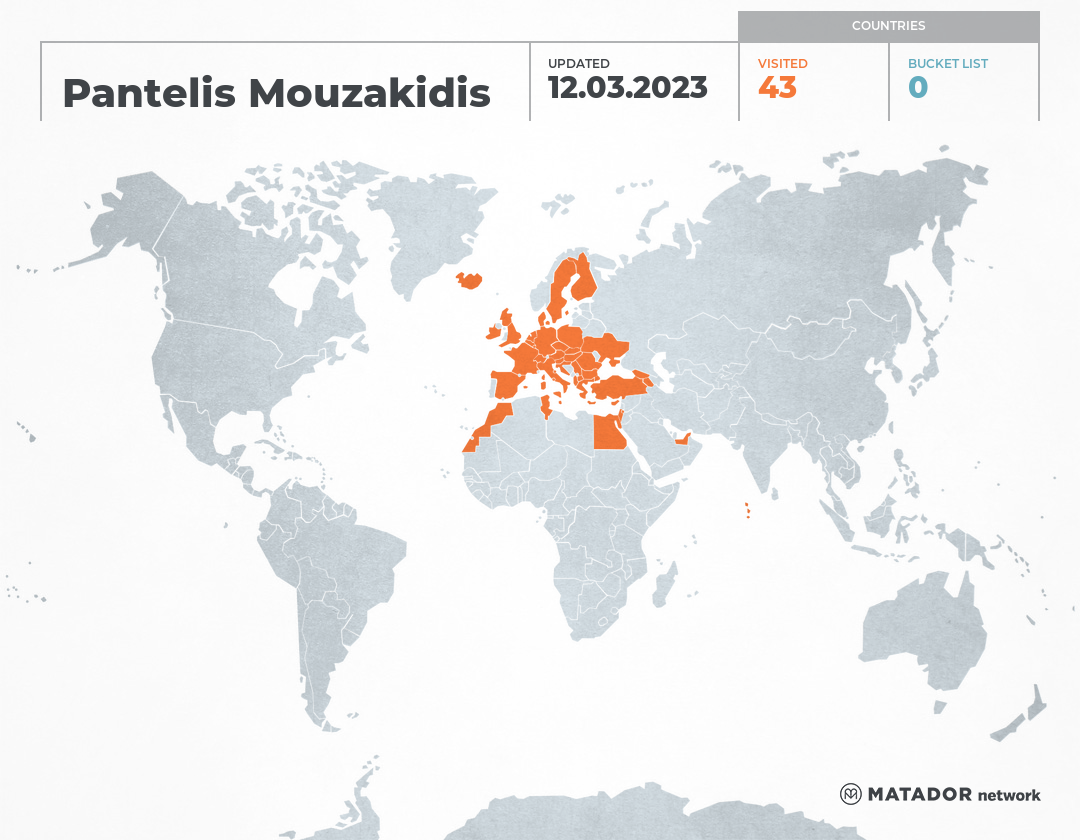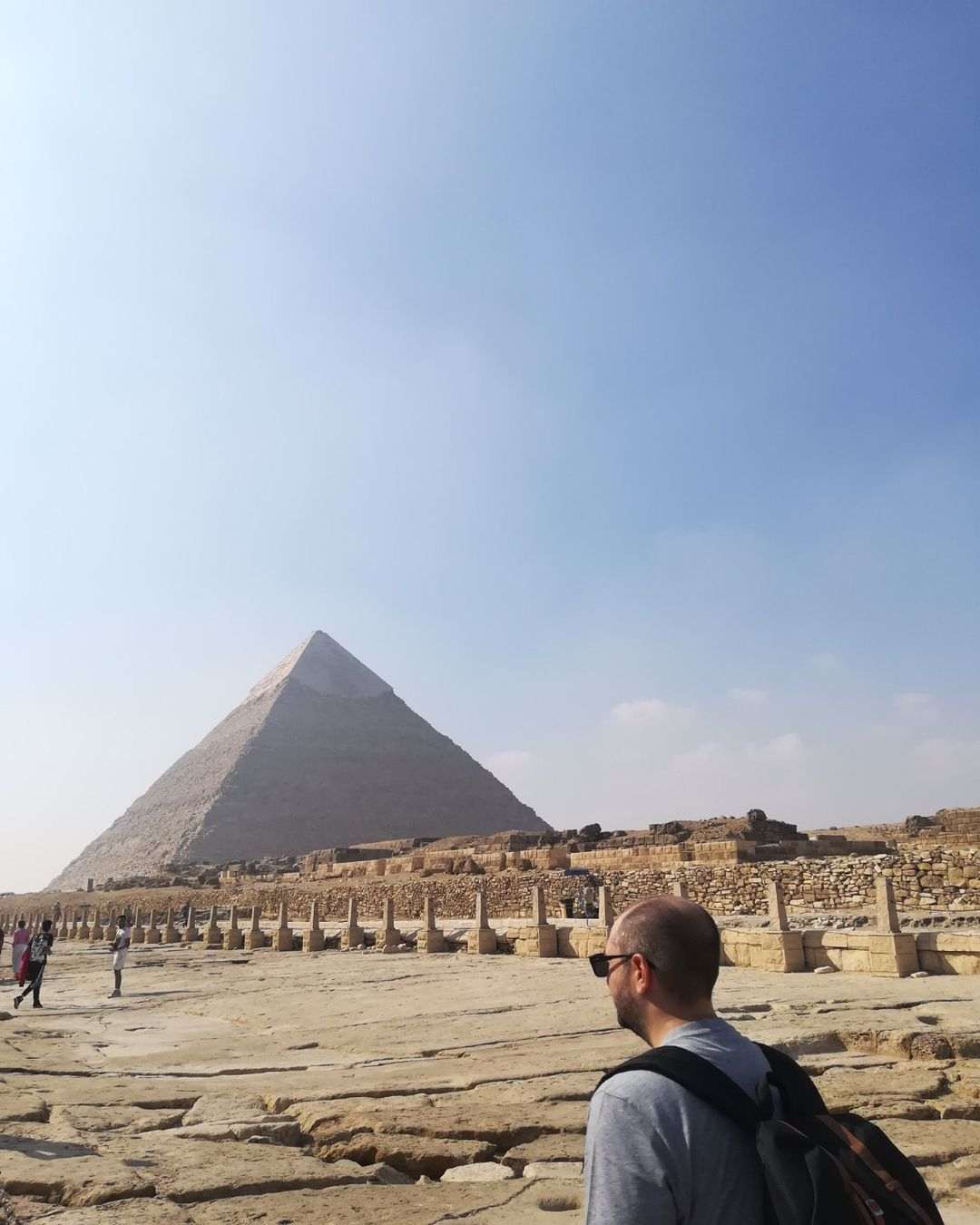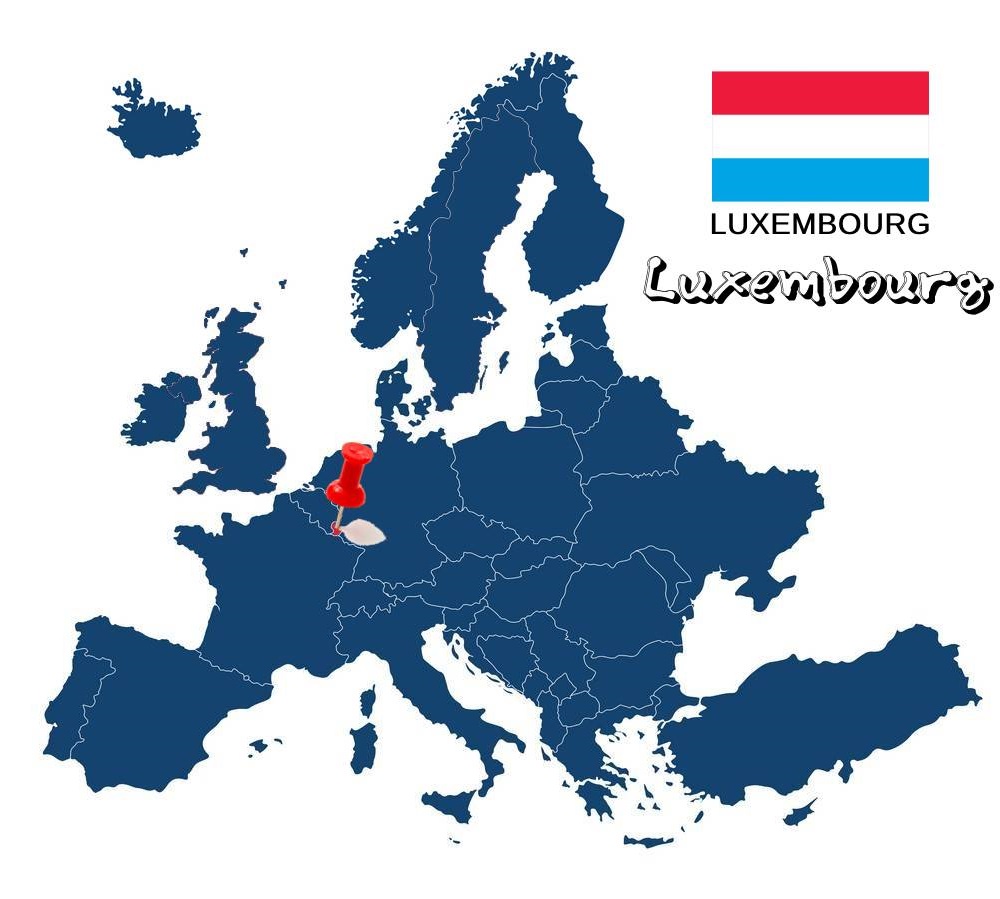
Undoubtedly in the hearing of Luxembourg, there is no excitement. Most people have in mind a "cold" city, without character and with zero interest. Of course, this is far from reality. It is a charming place, with incredible natural beauty and hospitable people, which harmoniously combines the bustling city with the picturesque village.
A few words about the city
The city of Luxembourg is the capital of the Grand Duchy of Luxembourg and, of course, the administrative and economic center of the state. It is located at the confluence of the Alzette and Petrus rivers and is the seat of the Court of Justice of the European Union, the European Investment Bank and the European Court of Auditors! The history of the city begins in 963, when Count Siegfried of the Ardennes builds the first castle named Lucilinburhuc (small castle) on the Bok Casamates. Throughout history, the town changed hands many times with the Franks, Dutch, Spanish, Austrians, Prussians and French leaving their mark. According to the latest census, the city's population is estimated at 114,000 inhabitants in the city and 160,000 in the wider metropolitan area, with 70% of them being foreigners! Of particular interest is the fact that Luxembourg was first in personal safety and 19th in quality of life among 221 cities, it is estimated that it had the second highest GDP per capita in the world at $80,119 (GDP), while unemployment is an unknown word! So I have chosen for you what I think is worthy of attention for one visiting the city for the first time.
Palais Grand-Ducal
The Palace of the Grand Duchy (Palais Grand-Ducal), is located in the heart of the old city and is the official residence of the royal family of Luxembourg. The Duke of the country exercises his duties from there, as the head of state of the Grand Duchy. The site of the current palace was once the seat of the city's first town hall from 1572 to 1795, then served as the county seat of the Departement des Forêts in 1795 and then as the seat of the Luxembourg government in 1817. In 1890 the House of Representatives was built on the right side of the building and since then it has served as the grand palace of the duchy. Of course, there have been several reconstructions and renovations, but the style of the building remains the same to this day. Although, as I said, the palace is normally inhabited, it can be visited during the summer months. So if you're in the city at the time, don't miss the chance to take a look behind the scenes, including the Grand Duke's office, the dining room and the 'Salon des Rois'. If you visit the city again at another time, you will be satisfied with the impressive changing of the guard that takes place every day at 4:00 p.m.
Notre Dame
The Roman Catholic Cathedral of Luxembourg (Notre Dame) is dedicated to the Virgin Mary and was built in the early 17th century (1613), originally as a Jesuit church! It is a typical example of Gothic architecture, but it also features strong features from the Renaissance style. At the end of the 18th century, it adopted the picture of the Lady Comforter of the Afflicted, who had the power to work miracles and who is the patron saint of the city and the country. Indoors you can also admire extraordinary sculptures, while in the Crypt of the church are buried the members of the family of the Grand Duke of Luxembourg. Entrance to the temple is free.
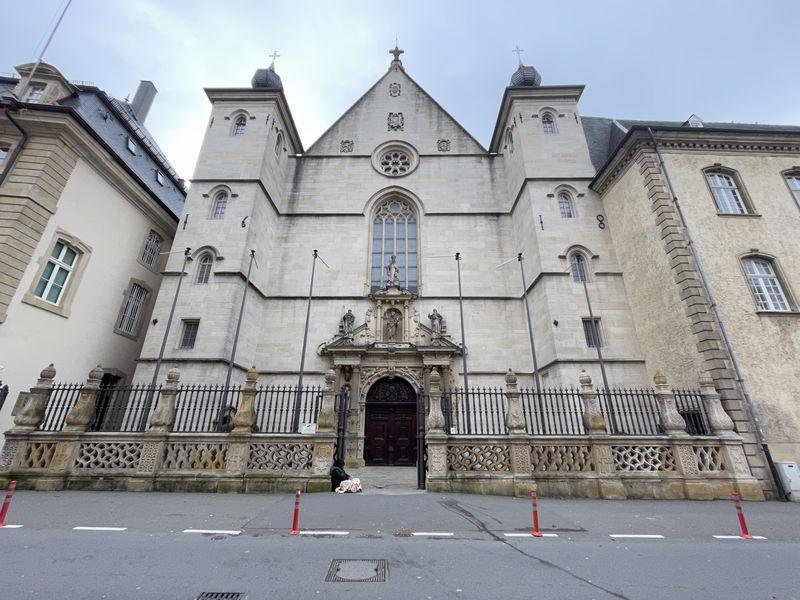
Bock Casemates
Bock Casemates is considered one of the most important attractions in Luxembourg. It is an underground defense system consisting of kilometers of tunnels. The fortress was constructed by Count Siegfried in the 10th century, while these underground arcades were carved in the 17th century, under Spanish rule, and then extended twice more. This particular monument was opened to the public in 1933, while during the World War II it was used as a shelter. Today it is a UNESCO World Heritage Site, and because of this, Luxembourg was given the nickname "Gibraltar of the North". The entrance costs 7e, but it is currently closed for maintenance!
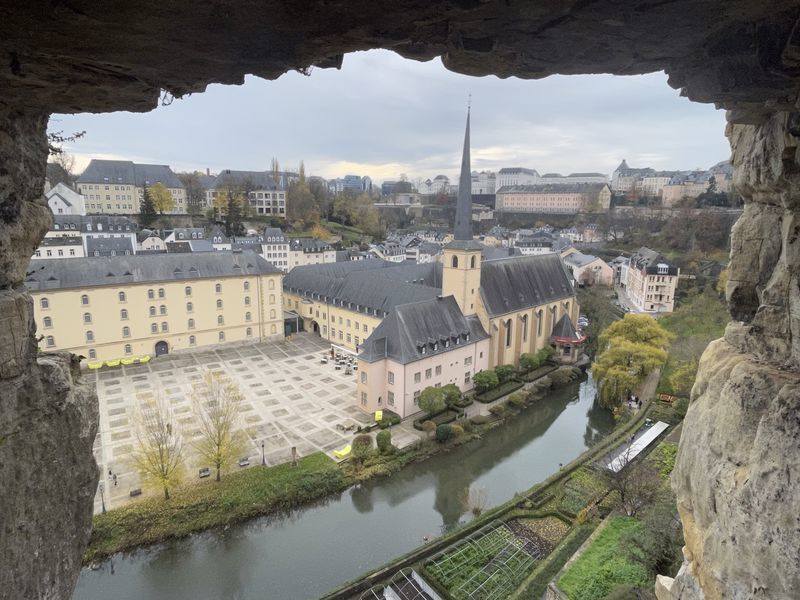
Chemin de la Corniche
The Cornish Street (Chemin de la Corniche) is one of the most idyllic spots in the city and personally one of my favorites. It starts from The Hill of Bok and descends until it reaches the Tower of the Triple Gate (Drai Tier). On your way down, you will see old houses with impressive architecture; you will find charming cafes and restaurants, while you will come across some of the most pleasant images of the old town. It is no coincidence that the walls of Cornish are considered one of the most beautiful "balconies" in Europe.
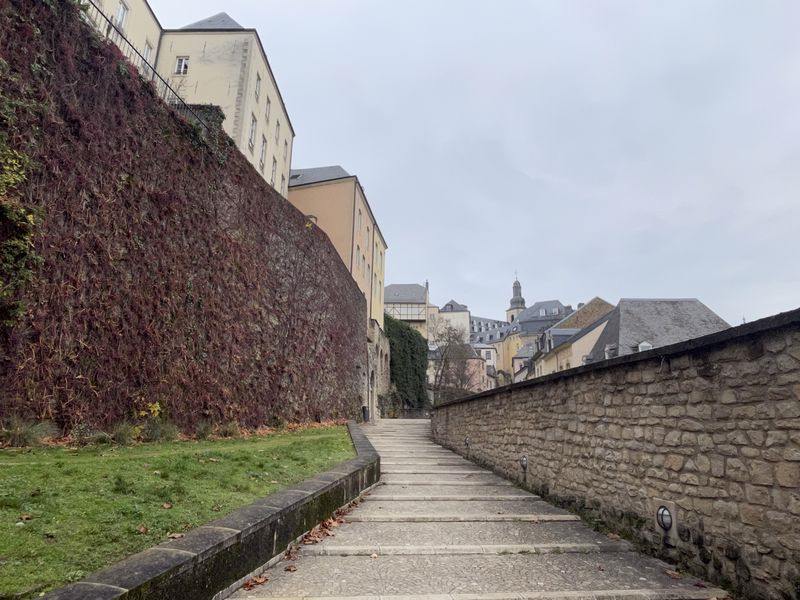
Place Guillaume II- Place de la Constitution
The William II Square (Place Guillaume II) is probably the only square in the city, at least as we have the squares in mind. It is, of course, named after William II, King of the Netherlands and Grand Duke of Luxembourg and is home to the church and monastery of the order of Saint Francis. Colloquially, the whole square is also called Knuedler, derived from the Luxembourgish word "Knued" denoting the knot in the Girdle of the Franciscan friars! Today, this square is the City Hall (Hôtel de Ville) and the Luxembourg City Tourism Office, while many markets, open-air concerts and events take place there.
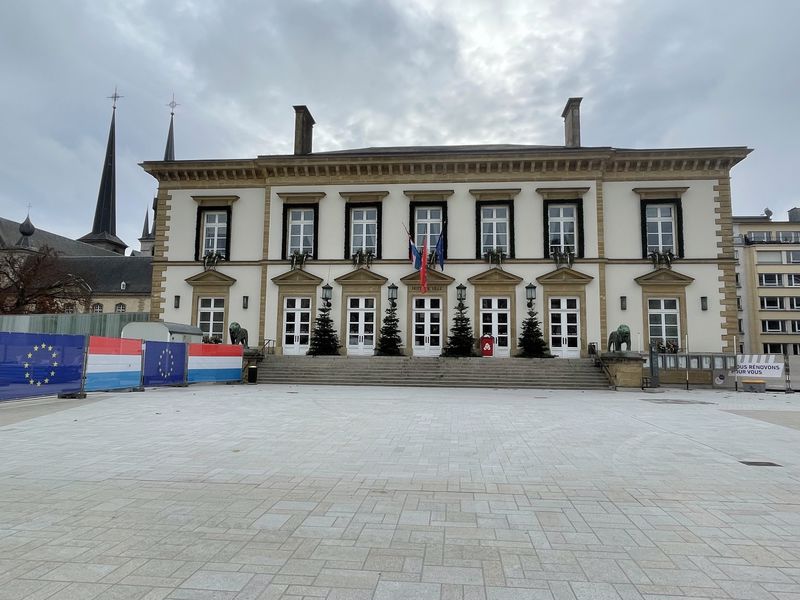
The Constitution Square (Place de la Constitution), on the other hand, has a completely different logic and architecture. In its center dominates a monument, Gëlle Fra (the Golden Lady), which was created in 1923 to commemorate the Luxembourgers who died in World War I, while today it symbolizes freedom and resistance for the people of Luxembourg. From there you will have a superb view of the Petruse valley and the bridge of Adolphus.
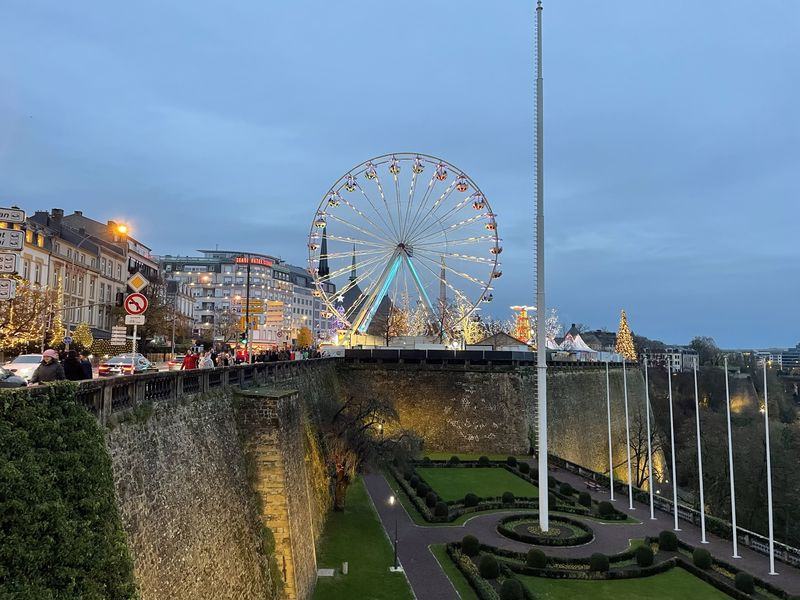
Grund
The Grund district is essentially the lower city of Luxembourg and one of its most charming and idyllic spots. According to historical reports, it dates back to the 14th century, making it one of the oldest neighborhoods in Luxembourg. It has also been included in the UNESCO World Heritage Sites since 1994 and is described by many as "a village within a city". It has a much calmer and quieter feel than the nearby city center, which is easily accessible on foot or by public lift. Its location, deep in a valley, which is surrounded by the beautiful river Alzette, gives it a unique and special character.
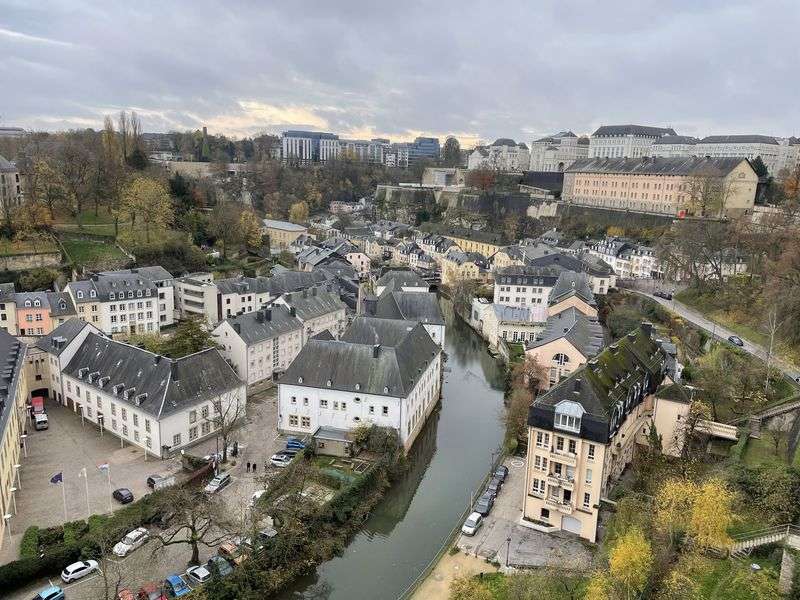
The main attraction of this quarter is the New Benedictine Abbey (Neimënster), built in 1606 on the site of an older one. The Abbey consisted of a church and four wings enclosing an inner courtyard, but in the late 18th century, at the end of the French Revolution, the authorities expropriated St. John's church and the abbey was modified to house a military hospital that operated until 1867. After the state took over the facilities, the Abbey was used as a prison for male prisoners until 1980. After more than 10 years of restoration work, the Abbey reopened to the public in 2004 to become a popular cultural and conference centre, renamed "Centre Culturel de Rencontre Abbaye de Neumünster - neimënster".
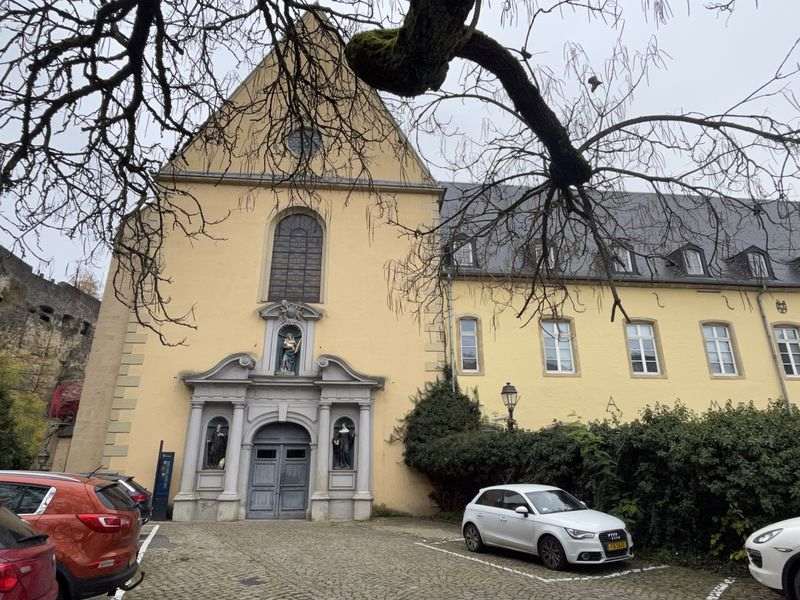
Fort Thüngen
Fort Thüngen was named after the Austrian commander-in-chief, Baron of Thüngen. It is located in the park Dräi Eechelen (Three Acorns), which has also given it this nickname. It was erected in 1732 to enclose the defense project called the Redoute du Parc, which was once a deep moat that surrounded the fortress for protection and was only accessible via a 169-meter underground tunnel through the Obergrunewald rocks. In 1867, after the Treaty of London, the fort was demolished, with the only parts that survived being the three round towers! Today it functions as a museum, with admission to the permanent exhibition being free.
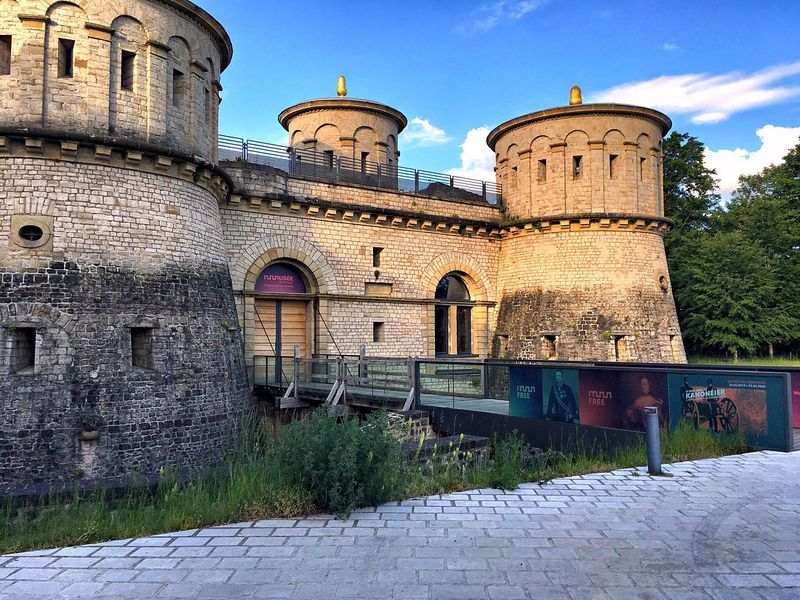
Pont Adolphe- Pont Grande-Duchesse Charlotte
The Adolphe Bridge (Pont Adolphe) or as it is commonly called by the locals, the New Bridge, was built between 1900 and 1903 during the reign of Grand Duke Adolphe (1890-1905). It was designed by the French engineer Paul Séjourné and was considered particularly impressive for the time, as it had the largest stone arch in the world up to that time. The large double arch spans over 85 meters across the Pétrusse valley at a height of 42 meters and has a total length of 153 meters. Over the years it has been repaired and renovated so that pedestrians, cars and trams can pass over it.
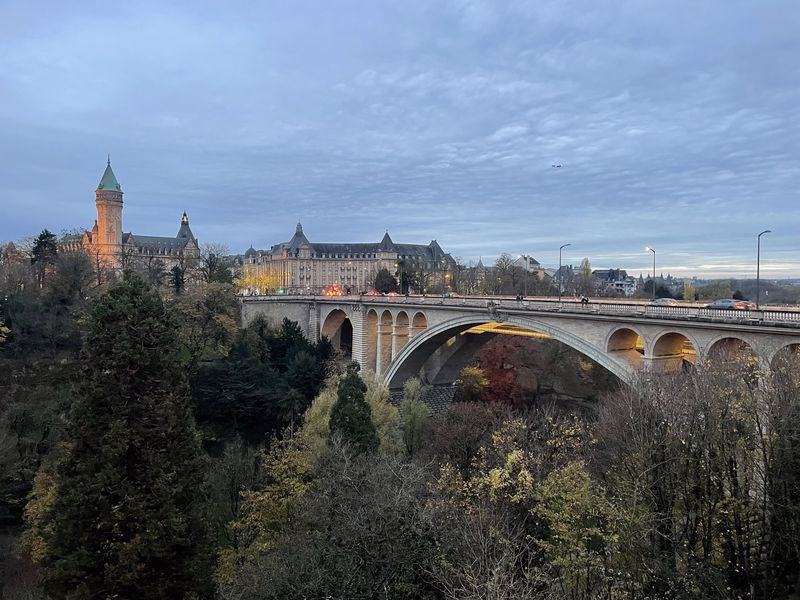
The city's most impressive bridge is the Grand Duchess Charlotte's (Pont Grande-Duchesse Charlotte), or as it is colloquially referred to as the "Red Bridge". It connects the city centre to the European quarter on the Kirchberg plateau, crossing the Pfaffenthal, 74 metres above the Alzette River. It is 355 meters long, the clear opening between its pillars is 234 meters, the width 25 meters and the total weight 4,900 tons!
Museums
In the city of Luxembourg, there are many museums and art spaces that deserve special attention, but three stand out! The first of these is the National Museum of History and Art (Musée national d'histoire et d'art or simply MNHA), which is located in the heart of the old city. It hosts a large collection of works of art, decorations, archaeological exhibits and coins, from the wider region of the state. Entrance costs 7e.
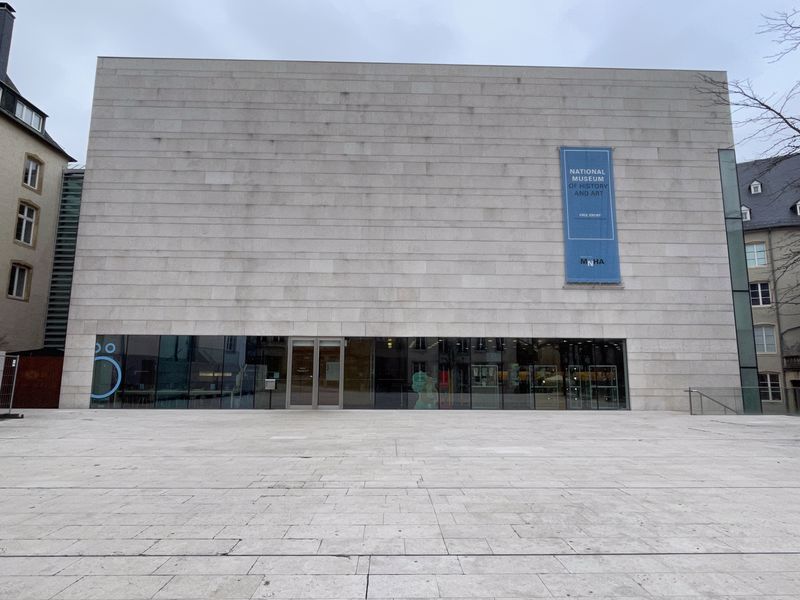
The other museum worth visiting in the city is the Museum of Contemporary Art of Grand Duke John (Musée d'art Moderne Grand-Duc Jean or simply MUDAM), which is located next to the Fortress Thüngen. On the three floors of the museum you will admire more than 200 works of more than 100 artists, where they will challenge you to explore contemporary art. Admission costs 8e.
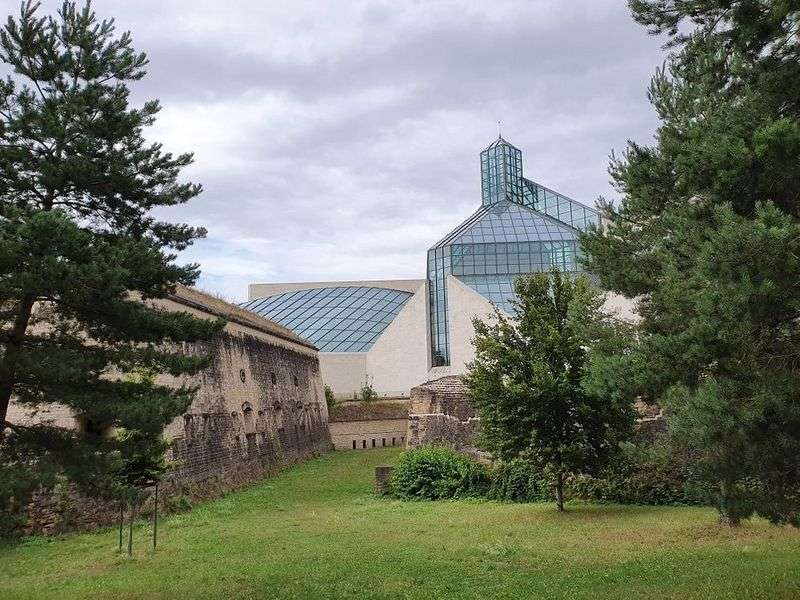
Ultimately, you should not miss the Luxembourg City Museum (Lëtzebuerg City Museum), which tells the history of the city, from its beginnings in the 10th century to the present day. There you will find hundreds of original objects and interactive exhibits, which will surely pique your interest and help you understand life in the area by period. Entrance costs 5e.
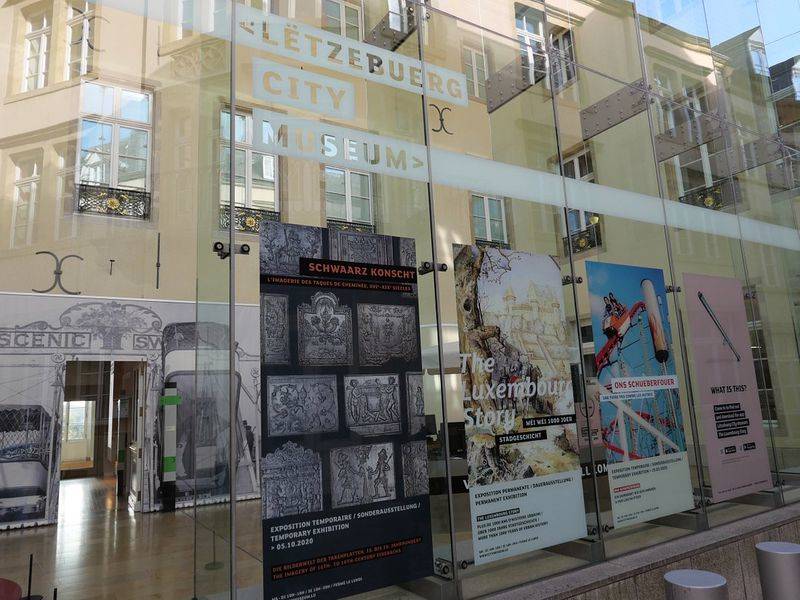
How to go
At the moment, Thessaloniki is not directly connected by air to Luxembourg, so to reach the city you will have to make at least one stop. The most flexible option comes from Aegean with a stopover in Athens at 249e. From there, the most economical option is offered by Ryanair, via London at €111 round trip! Finally, you can go to a neighbouring metropolis like Brussels and reach the city either by train or bus.
Where to stay
As in all Central European countries, accommodation in Luxembourg is quite expensive. The options are not too many, while the prices even in rooms to let or hostels range to very high units. So my proposal is the Hotel Parc Plaza, located in the limits of the Old Town and offers spacious and delightful rooms, at relatively normal prices.
How to move
The most impressive thing to know about getting around Luxembourg is that it's free! Yes, you read that right, as of March 1, 2020, trains, buses and trams within the country are free for its citizens, for European tourists and tourists of some other countries. In this way, the country helps to reduce traffic on the roads, as according to surveys it is the country with the most cars per capita in the world!
What to eat
Luxembourgish cuisine has many influences from French and German. The national dish of the country is judd mat gaardebounen (smoked pork served in thick cream with potatoes and green beans), while other specialties are ferkelsrippchen (grilled pork chops), liewekniddelen mat sauerkraut (liver meatballs with cabbage) and kachkeis (cheese cooked with fruit and liqueur), lobster a-la luxembourgeoise and various Trout dishes. Luxembourg is also famous for its wines, considered among the best in the world. To taste the local cuisine I recommend Restaurant L'Annexe, for delicious sandwiches Charles Sandwiches, for breakfast or brunch La Table du Pain and for coffee Konrad Café & Bar.
Useful information

In Luxembourg we travel with Passport or new type of Police ID, where the details are written in Latin characters.
In Luxembourg the languages used are Luxembourgish, German and French. However, many, if not all, speak English, so ask for clarification in English.
The currency of the country is, of course, the Euro.
Luxembourg is one hour behind Greece (GMT +2).
Getting to and from Luxembourg Airport is easy, as there are regular buses (number 29) that cost around 2e.
The Greek embassy in Luxembourg is located at 27 rue Marie-Adelaide, L-2128 and its telephone number is (00352) 44 51 93.
In winter the temperatures are quite low, usually below zero, so the ideal time to visit the city is Spring.
Recommended excursions → Brussels, Bonn, Metz
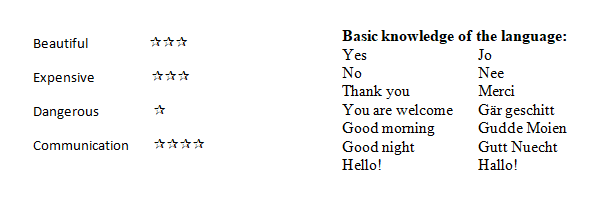
If this article seemed interesting or contributed to your quality information, then you can like my facebook page: o_thessalonikios or follow me on instagram!
Mouzakidis Pantelis





